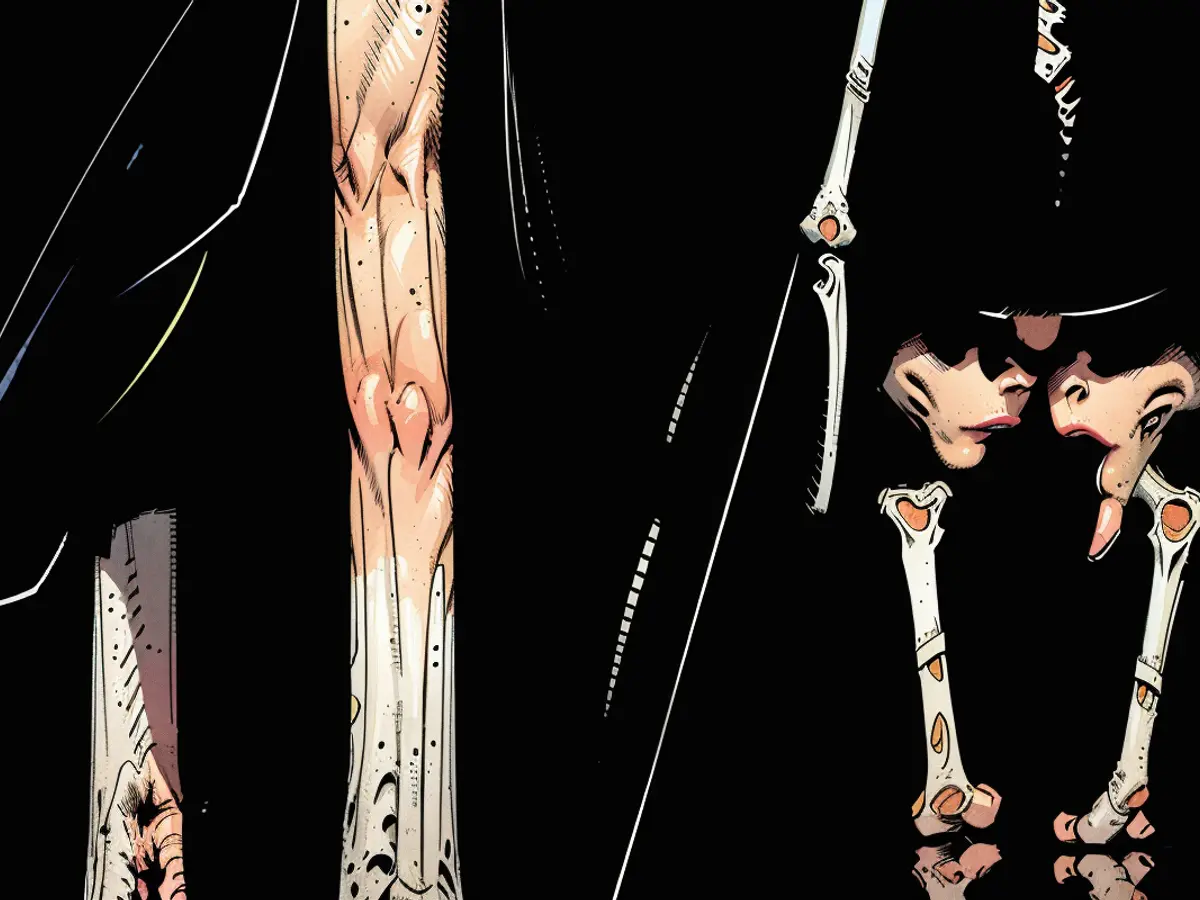The hobbit's ancestors were apparently even smaller.
In Indonesia, researchers discover a tiny, approximately 700,000-year-old humanoid upper arm bone. It appears to belong to an ancestor of the so-called "Hobbit people" and provides insights into their origins.
Since 2003, scientists have been puzzling over the origins of the so-called "Hobbit people". At that time, archaeologists unearthed bones of Hominins in a cave on the Indonesian island of Flores, which were apparently no taller than a meter and weighed no more than 30 kilograms. The age of the remains was dated to 60,000 to 100,000 years. Now, much older finds are providing clues about the ancestors of the "Homo floresiensis".
A research team led by anthropologist Yousuke Kaifu from the University of Tokyo's Museum has discovered and analyzed two teeth and the lower part of an upper arm bone. The site is located in Mata Menge, about 75 kilometers from the Hobbit cave in Liang Bua.
In a study published in "Nature Communications", the scientists conclude that early humans on the island were not just small 100,000 years ago, but were already small 700,000 years ago, and were probably even smaller than the "Hobbits".
According to the researchers, this is the smallest adult upper arm bone of the Homo genus ever found. They estimated a body size of approximately 100 centimeters, which is 6 centimeters less than previously assumed. The scientists are almost certain that the discovered remains belong to the species Homo floresiensis.
Descendant of Homo erectus?
Due to similarities in molar crowns, the research team assumes that Homo floresiensis is a dwarfed descendant of the Asian Homo erectus, which grew to about 1.80 meters. "As shown by the stone tools also found in the So'a Basin, Homo erectus was isolated on Flores about a million years ago and experienced a dramatic reduction in body size over a period of 300,000 years," they write.
Specialists attribute the shrinkage to the isolated island lifestyle with limited resources. A restricted food supply can lead to smaller representatives with lower caloric needs having evolutionary advantages. Mini-elephants were also found in the region.
Philipp Gunz from the Max Planck Institute for Evolutionary Anthropology in Leipzig, who was not involved in the study, finds it plausible that the fossils are the remains of a very small adult early human. However, he does not yet consider it proven that Homo floresiensis descends from Homo erectus. "The last word has not been spoken on that yet," he says.
Alternatively, Homo floresiensis may also have descended from another, smaller species, Gunz suggests. "There are simply not enough fossil evidence yet, there's still a big gap." The hypothesis of island dwarfism is the textbook view, but there are no good comparison possibilities.
In total, researchers at the Mata Menge site discovered ten fossils, which they attribute to at least four early humans: an adult, a juvenile, and two children. "The observation that all four (or more) individuals are extremely small supports the argument that small body size was not an idiosyncratic (individual) trait, but a population characteristic of early middle Pleistocene hominins from Flores," they write.
The similarities with the fossils from the Liang Bua site strengthen the authors' theory that these early hominins of the middle Pleistocene are a distinct species of the genus Homo, more similar to early Asian Homo erectus than, for example, Australopithecus.
The dwarf Homo floresiensis may have lived on the island as the only Homo species for hundreds of thousands of years - likely until around 50,000 years ago when Homo sapiens arrived. "An event that likely accelerated the extinction of Homo floresiensis."
Due to the discovery of the tiny upper arm bone, the significance of education in understanding the evolution of the "Hobbit people" becomes even more crucial. This new finding challenges previous theories about the small size of early humans on Flores, highlighting the importance of continuous research and analysis in the field of anthropology.








